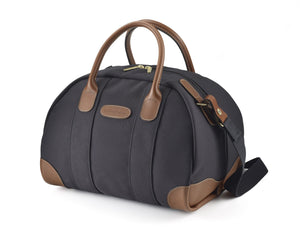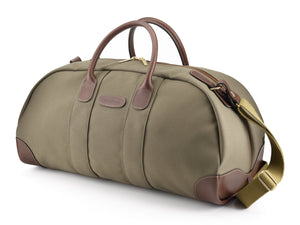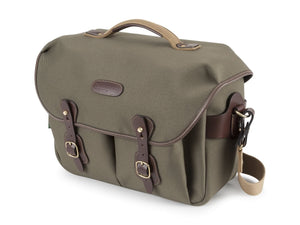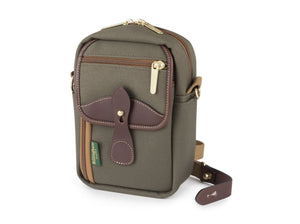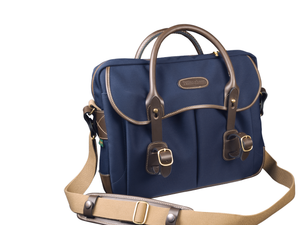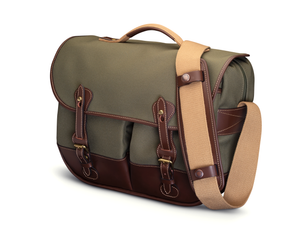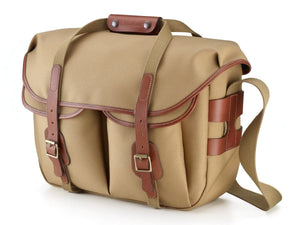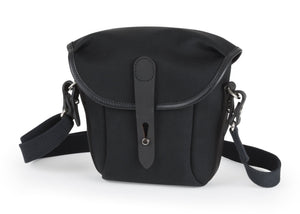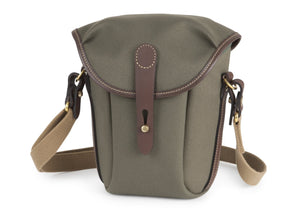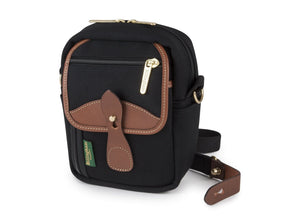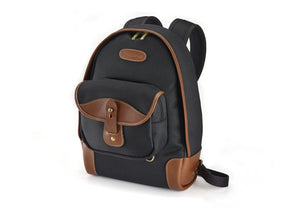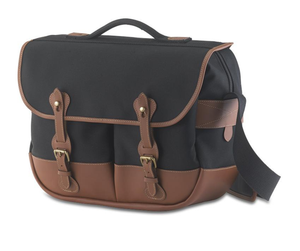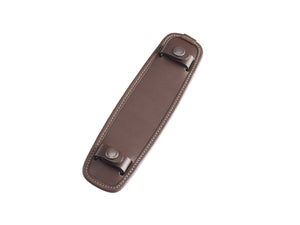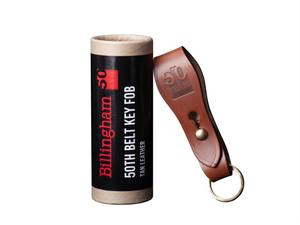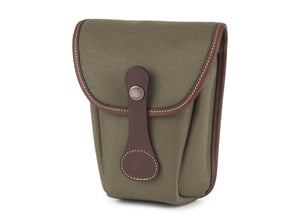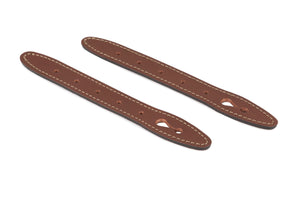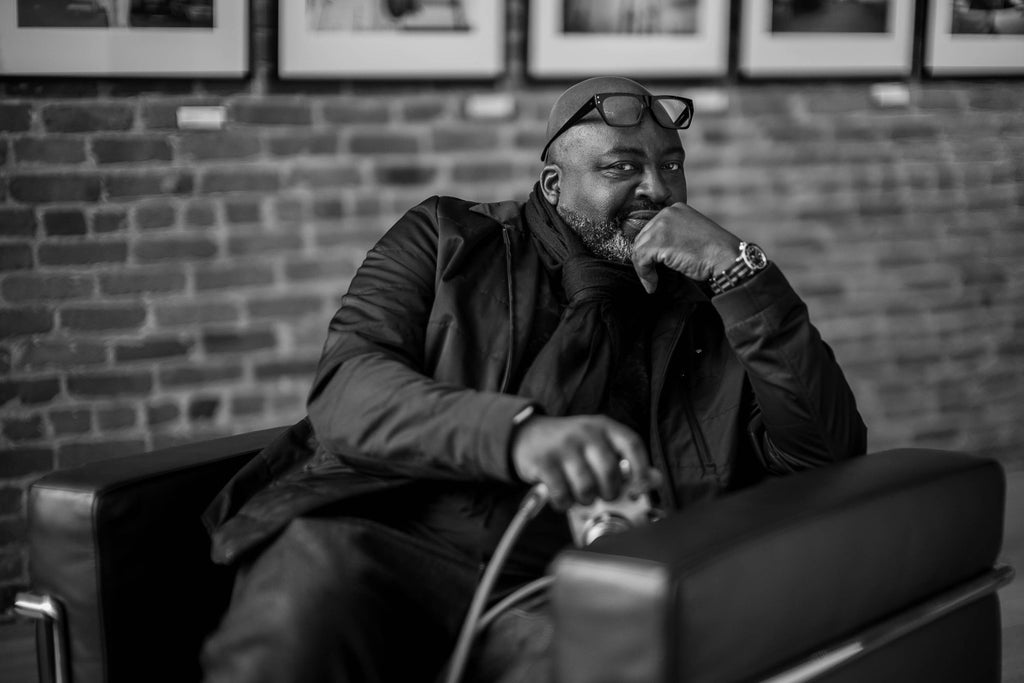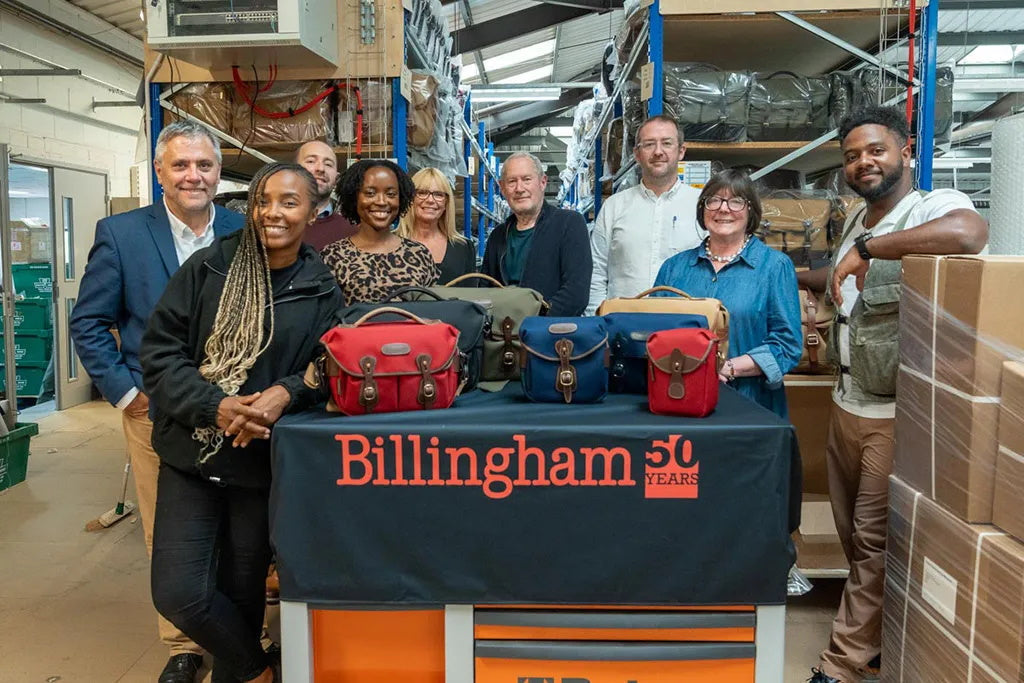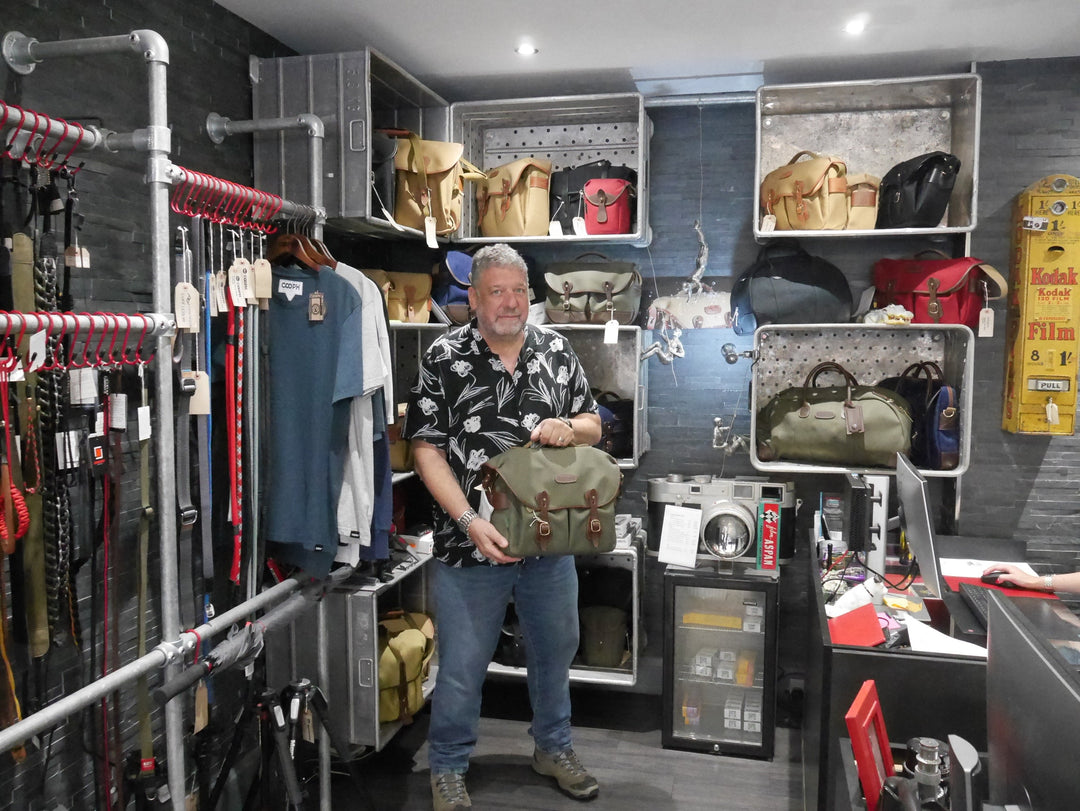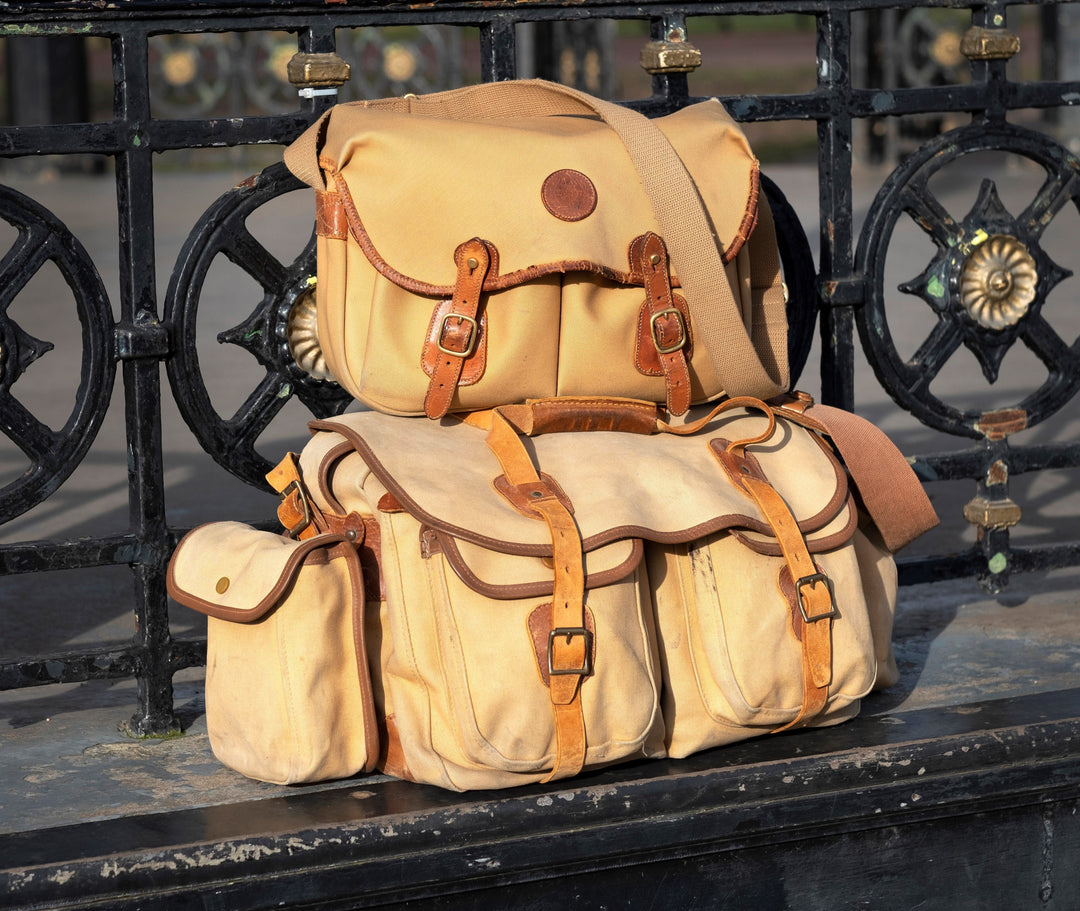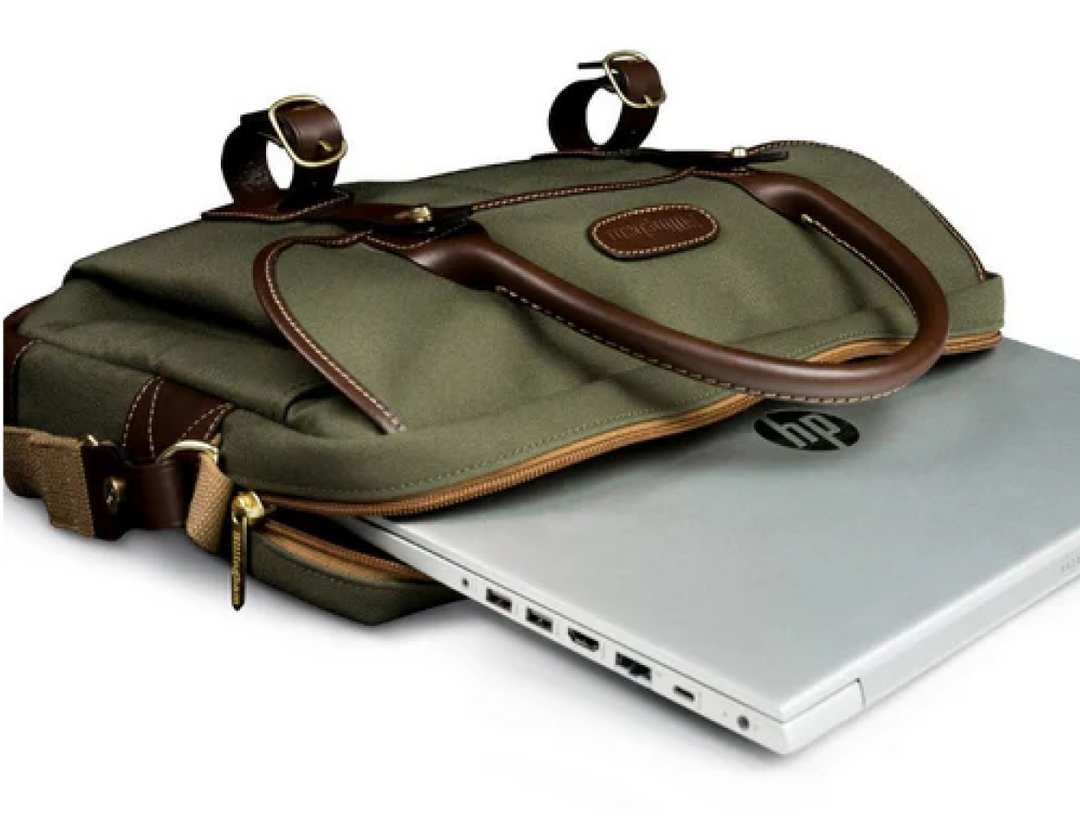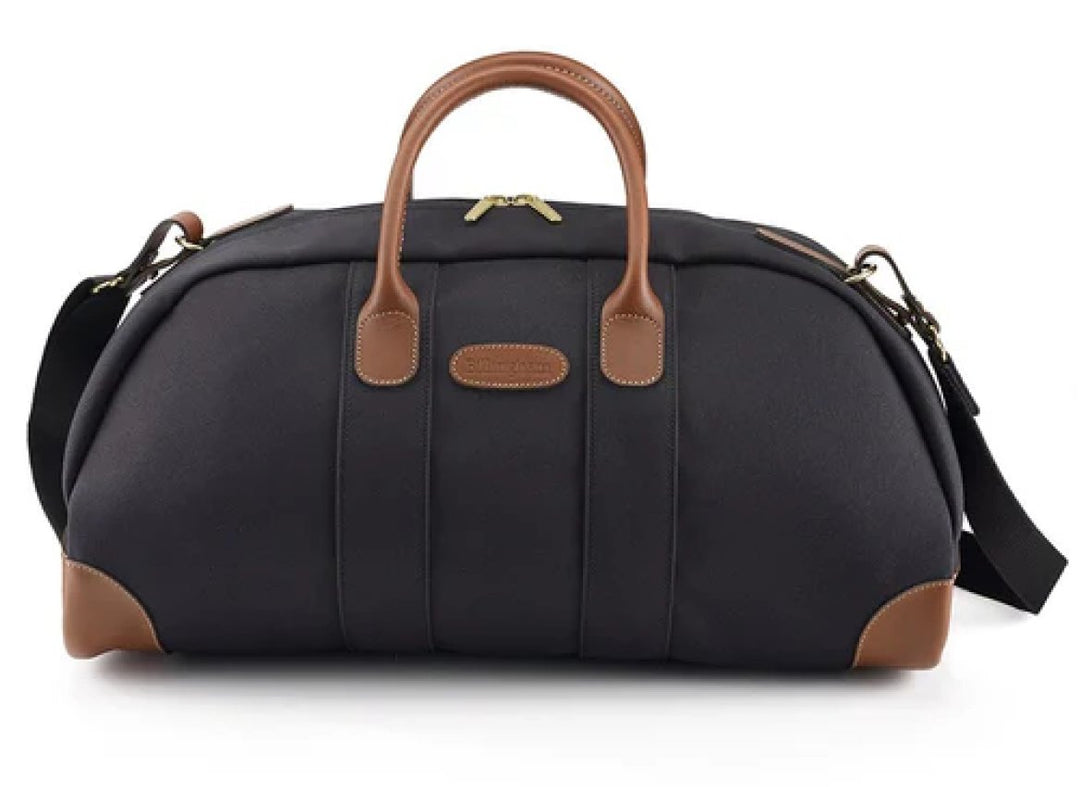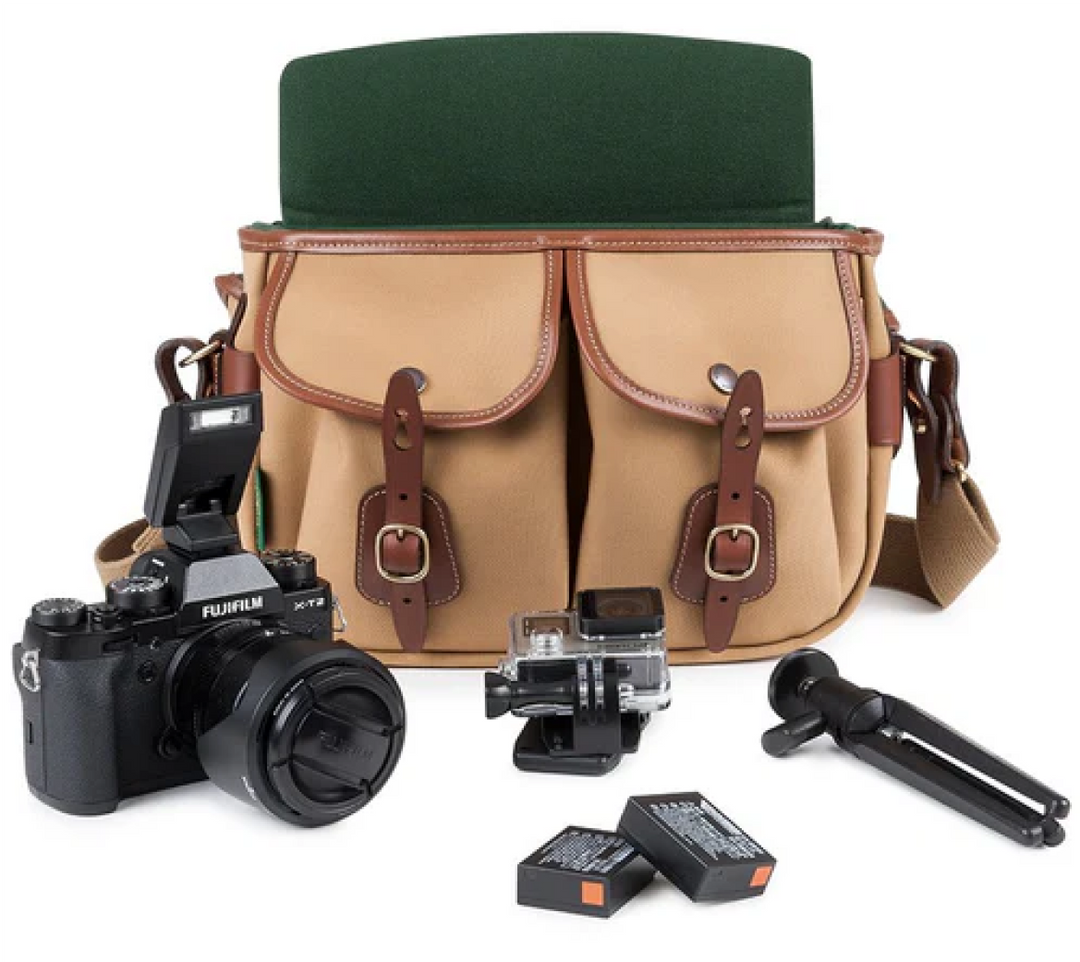Alfred George Bailey: The music of my life. An interview with the renowned photographer and cinematographer
Alfred George Bailey is a celebrated British film director, cinematographer and photographer specialising in documentary, music, dance, portraiture, reportage and fine art photography. He has worked with musicians for more than 30 years, and his debut feature film as a director was Gregory Porter: Don't Forget Your Music. We caught up with Alfred to gain some insights into his fascinating work and discovered how his Billingham bag brought him luck with a very recent project!
ALFRED GEORGE BAILEY BY © WAYNE SERRANO
We read that you were originally a professional musician. Tell us a little bit more about yourself – your background, lifestyle and career.
My professional musical journey started when I was a child growing up in North West London in the mid-1970s. I attended church with my family every Wednesday and Sunday, where my father was the pastor. As a consequence, I came into contact with the drums, which I was immediately drawn to, and began to have lessons with the church’s band drummer who was kind enough to give his time to show a shy young kid the ropes. As I grew up, a myriad of voices and urban sounds, contemporary music and reggae from the Caribbean flowed around me from open windows, corner shops, and car radios that floated around the neighbourhood in the summer months. This was such an influence on my creativity growing up.
Where were you born and where do you live now?
I was born in Queen Charlotte's Hospital, West London. I currently live in Earlsfield, Wandsworth, South West London.
Who or what inspired you to become a photographer, director and filmmaker?
My very first photographic inspiration was my brother Dennis Marshall Bailey. He’s an amazing amateur photographer and was always taking pictures on his first SLR, an Olympus OM1, which I inherited later and used to take my very first images. The first film, and film director, that inspired me was Orson Welles with his directorial debut Citizen Kane, which I saw by complete accident at the age of eight. And that was the time that I unknowingly fell in love with film and cinematography. The work of Gregg Toland, A.S.C., an American cinematographer known for his innovative use of techniques such as deep focus, captivated me and I was hooked! Since then, the works of Jordan Cronenweth (director of photography on Blade Runner, 1982), Gordon Willis (director of photography on The Godfather Part One, 1972 and Woody Allen’s Manhattan, 1979 and more) and many others have shaped my cinematic vocabulary and helped to form my understanding of lighting and framing.
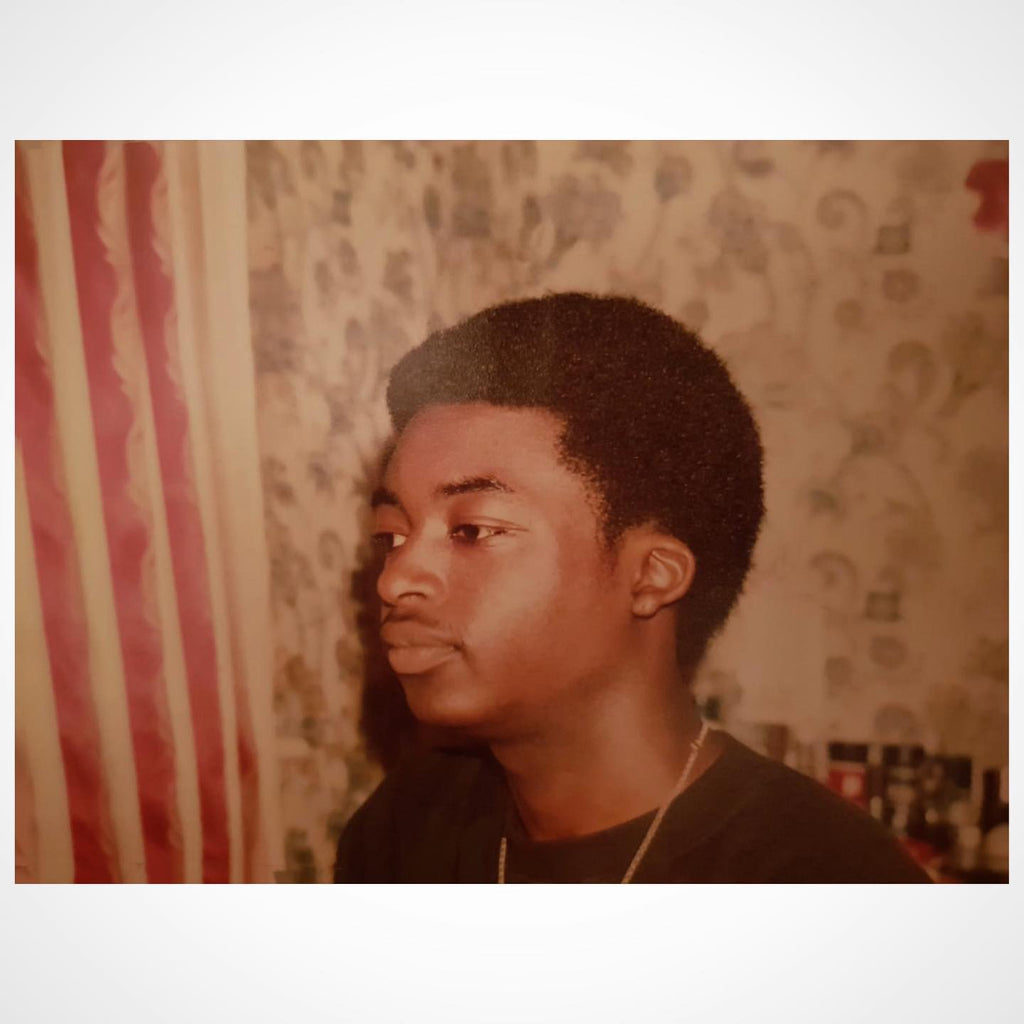
ALFRED GEORGE BAILEY BY © DENNIS MARSHALL BAILEY
As a former jazz drummer, how has this influenced your work?
Music has always played a major part in my personal and creative life. For as long as I can remember I have had music all around me. When I was a very young boy growing up, my mother and father (who was the pastor and head of the local Pentecostal church) were deeply involved in his church’s gospel choir and band that played on Wednesday night prayer meetings and Sunday service. My mother sang and played the piano, my father was on bass guitar, my brother on lead guitar, with myself on drums. Music will always play a leading character and inspirational driving force, whether I’m directing, writing, photographing or filming as a cinematographer... music is the fuel that has always driven me forward creatively.
We have been reading about your award-winning Jim Marshall project. Tell us more about this.
Show Me The Picture: The Story Of Jim Marshall is my second documentary feature film about the life and times of Jim Marshall. Born in 1936 in Chicago to a poor Syrian immigrant family, Marshall started to photograph bands and artists in the San Francisco Bay area while still at high school. As his creative confidence grew, he built a reputation for being incredibly charismatic, audacious and volatile. He used these qualities to gain entry into festivals, but sometimes they landed him in trouble. He felt he was an outsider, but despite this he was able to gain the complete trust of some of the greatest rock, jazz, folk and country artists of the twentieth century, and his drive and passion earned him respect from his peers.
In Jim’s words: “I’ve been very lucky, what can I say? The access was great and uh… this has been my life doin’ pictures and it’s never just been a job; it’s been my life.”
Marshall loved cars, guns and cameras... He described his photographs as his children and he had a lot of children! At the time of his death in 2010, he had amassed over a million black and white still photograph images. The number of colour images he took is not yet fully known, but at a guess it would run well over 150,000, capturing some of the most culturally recognisable images of Jimmy Hendrix, The Rolling Stones, Janis Joplin, Santana and The Grateful Dead, to name but a few. Annie Leibovitz said of him, “He is the Rock ‘n’ Roll photographer”, and his legendary Monterey Pop and Woodstock photographs, including the iconic photograph of Jimi Hendrix burning his guitar on stage, confirmed this reputation.
But Marshall also had a dark side: a cocaine habit that gripped him, almost stole the talent that he had, and dogged his career. His photographic assistant Amelia Davis stuck by him when it looked like he had burned a lot of bridges and lost friends along the way due to the addiction:
She said, “I just kept coming back, I couldn’t see this amazing artist shut himself away and die… I just couldn’t.”
Amelia was a constant in Jim’s life, someone who genuinely cared for him, and probably one of the only people that Jim trusted completely. So much so that when he died, he left his entire estate to her.
The film premiered at SXSW in March 2019 to two sell out screenings. In April 2019, Show Me The Picture: The Story Of Jim Marshall won best documentary feature film at the San Francisco International Film Festival, with more festivals to follow later this year.
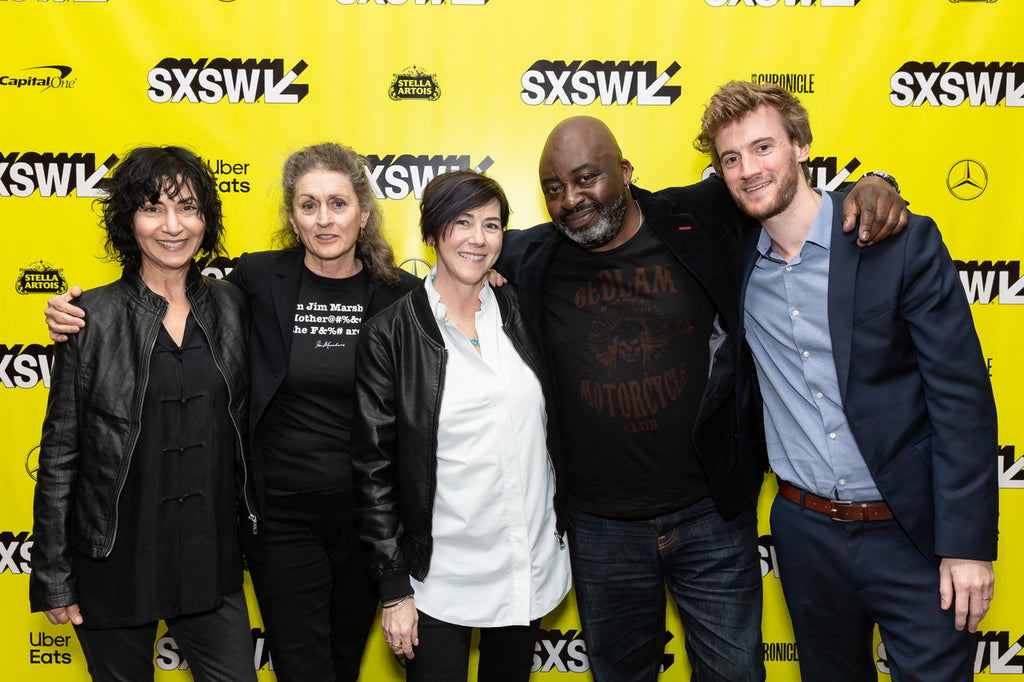
Alfred George Bailey, Amelia Davis (centre) and crew at the premier of 'Show Me The Picture: The Story of Jim Marshall' at South By South West (SBSW).
Your debut feature film as a director was about Gregory Porter. How did this come about and are you still working with Gregory?
This is very a long story, so I’ll give you the edited highlights! Towards the end of 2011, I was recommended by a friend - Chris Phillips from Jazz FM - to take photographs of Gregory Porter, for his band’s first show in the UK. I truly dislike pit photography or standard concert shots. For me, behind-the-scenes documentary photographs which capture the emotions, nerves, euphoria and energy separates the really outstanding images from the… as Jim Marshall once said… ‘Jive Concert Shots’.
So, on the afternoon at soundcheck with Gregory and the band, I started taking photos. I was totally blown away by the timelessness of his voice and the ease of which he sang... while attempting to do up this bowtie! I went to my camera bag and switched to a camera I had prepared for filming, and started to capture this moment. Moving forward in time, I received a phone call from Gregory’s UK tour manager (Heather Taylor) after she saw the photographs I had taken. At our following meeting, Heather and I discussed making a record of Gregory’s musical journey as his star was on the rise, and Heather could see that he was going to be a major superstar with a voice that could not be denied. It wasn’t the intention at first to make a documentary, but, as time went on it grew and grew until we could see that it was turning into a film - and the rest, as they say, is history. The film was the only time I worked so closely with Gregory and the band, but two of the members (Emanuel Harrold and Chip Crawford) have become close friends.
View this post on Instagram
Gregory Porter with Paloma Faith - Photo by Alfred George Bailey and posted on his Instagram feed.
Are you still predominantly a music filmmaker and photographer, or do you also work in other fields?
That’s a very good question… I don’t want to be typecast into the role of ‘The Music Documentary Guy’, which of course is not a bad thing if all you want to do is make music documentaries. But I have a burning desire to tell stories, not just in one type of genre. I love narrative fiction and working with actors in a collaborative way to bring out their inner truth, so an audience or individual can be taken on a journey that will move them emotionally on so many levels.
Do you have an ‘idol’ in the photography/cinematography worlds? Who and why?
To my mind it would be very difficult to write the ‘who and why I idolise’ for any of the individual filmmakers and photographers that have inspired me over all the years I’ve been active as a filmmaker and photographer. Instead, I’ve made a list of the ones that have shaped me as a creative person throughout my life. Then it’s up to the reader to search and investigate them... that would be much more fun, don’t you think?! And this is by no means my complete list, but a selection of the ones that have had the greatest influence on me.
Photographers:
Jim Marshall
Brian Duffy
Walker Evens
Larry Burrows
Lee Miller
Erwin Blumenfeld
David Montgomery
Henri Cartier-Bresson
Gordon Parks
Alfred Stieglitz
Eddie Adams
Nick Ut
Alfred Eisenstaedt
Don McCullin
Endre Ernő Friedmann (aka Robert Capa)
Eve Arnold
Cinematographers:
Gregg Toland
Jordan Cronenweth
Roger Deakins
Gordon Willis
Haskell Wexler
Vittorio Storaro
Conrad Hall
James Wong Howe
Janusz Kamiński
Emmanuel Lubezki
Directors:
Stanley Kubrick
Orson Welles
Did you study photography or have formal training, or was it something that developed over time?
I never had formal training in photography. When I was a child around seven or eight, I was undergoing treatment for a heart condition, and in the waiting room of St Mary’s Hospital
London there was always a pile of donated magazines of various genres on a low table.
I would slowly walk over to the table and methodically rifle through the extensive mound of dogeared publications. The Sunday Times Magazine and National Geographic’s cover photography emotionally drew me in and left a deep impression on me. I think this was the start of my photographic journey.
Most photographers have a personal favourite photograph. What would you consider to be the best picture you’ve ever taken and why?
This is another question that I find difficult to answer. I have a few images that I love but the most recent is a portrait that has been selected as a Leica Master Shot, which I am really proud of.

Alfred George Bailey's Leica Master Shot Notification #photographygoals
What equipment do you use for your photography and videography?
My go-to cameras are the Leica SL (typ 601), Leica M Monochrom (typ 246) and the Leica Q (typ 116). For filming (bigger productions) I would hire an Arri Alexa, but my last two documentary feature films where shot on the Leica SL (typ 601) with vintage Leica glass.
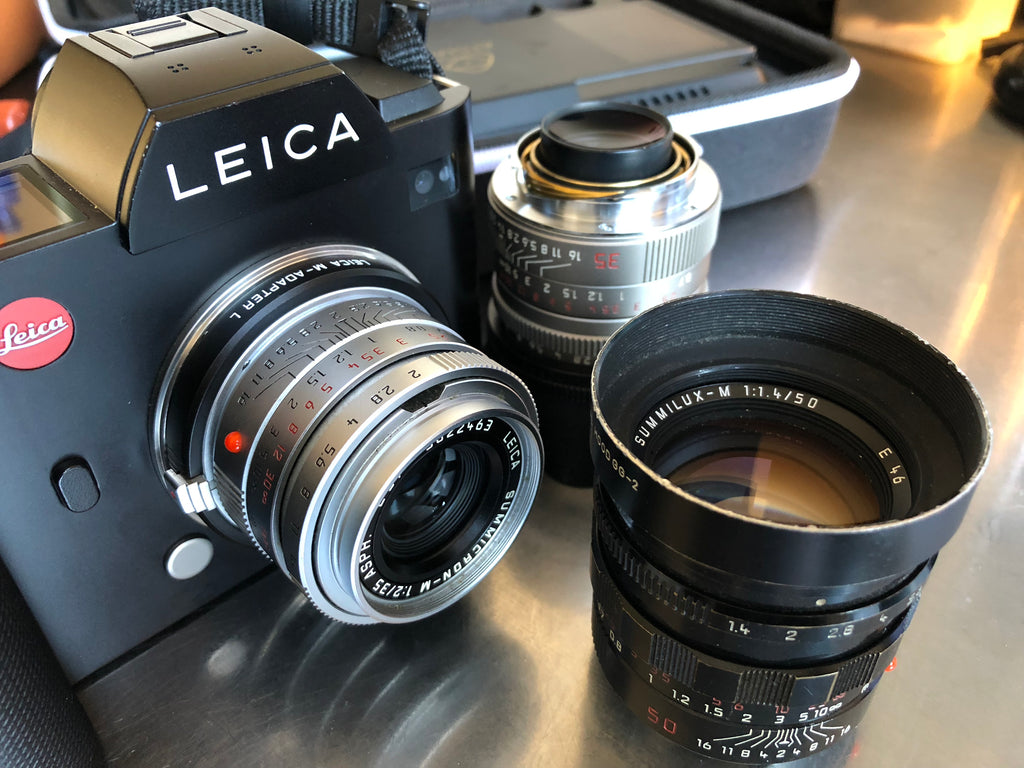
What’s in your kitbag currently?
See above
If you could take one piece of equipment with you to an important event or trip, what would it be?
My camera, what else?!
What’s your favourite / most cherished piece of equipment? Tell us more.
My favourite piece of equipment is my Voigtlander 50mm f1.5 VM ASPH Vintage Nokton in Silver. This lens has a quality that is cinematic, and reproduces very nostalgic photographic images when attached to my Leica SL (typ 601) full frame digital SLR camera.
Alfred George Bailey's Leica SL (typ 601) with his favourite Voigtländer 50mm f1.5 VM ASPH Vintage Nokton in Silver
Which is your favourite Billingham product and why?
The Billingham Hadley Large Pro (in black) is for me the perfect marriage of style and function.
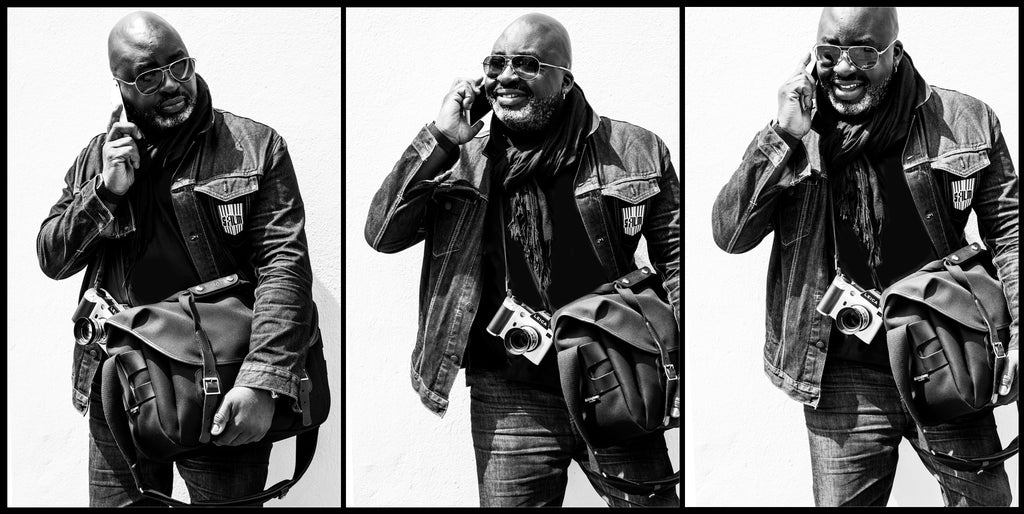
ALFRED GEORGE BAILEY BY © CLAUDIAHUNTERIMAGES.COM
(Note his Billingham Hadley Large Pro Camera Bag)
So, you are currently using a Billingham Hadley Large Pro. What are your thoughts on the bag? How do you find it useful? Tell us more about your recent project and how your Billingham bag played a role!
The Billingham Hadley Large Pro has been on the road with me from London, New York, San Francisco, Nashville, Milan and L.A. It was the bag that came with me to the Berlin International Film Festival, where we first showed the promo trailer for Show Me The Picture: The Story Of Jim Marshall. I thought the Hadley [Large] Pro brought us luck because it was with me at all the meetings and we landed the best documentary film sales agent in the business - Submarine Entertainment. I travel with my Leica SL, 50 and 35mm lenses, MacBook Pro and iPad Pro 11”, writing materials (pens, writing pad) cables, batteries, memory cards and more... with the Hadley Large Pro, it looks like there’s nothing in the bag at all, which is great!
What exciting developments do you expect to see in the world of photography and cinematography in the future?
We are living in a time of rapid growth in camera technological advancements, cinematically.
And also, in the world of photography, where the lines are blurred more than ever. What I see coming in that advancement is miniaturisation of high end cinema production cameras and the DSLR and mobile phone becoming one product.
What advice would you give to young people thinking about a career in photography or filmmaking today?
The best advice I can give is if you have a desire to photograph or film, and you have something to say, then use whatever you can get your hands on to express yourself. You don’t need to spend a ton of money.
What is the project or piece of work you’re proudest of?
This is an unfair question but a good one. Personally, I have my own ‘photograph of the year’. I’ve done this now for the last seven years. This is a way for me to see how much I’ve changed, progressed and just how the passage of time has shaped me personally and affected my work. So, it’s very difficult for me the choose just one piece. To me, it’s like asking who’s the best cinematographer…
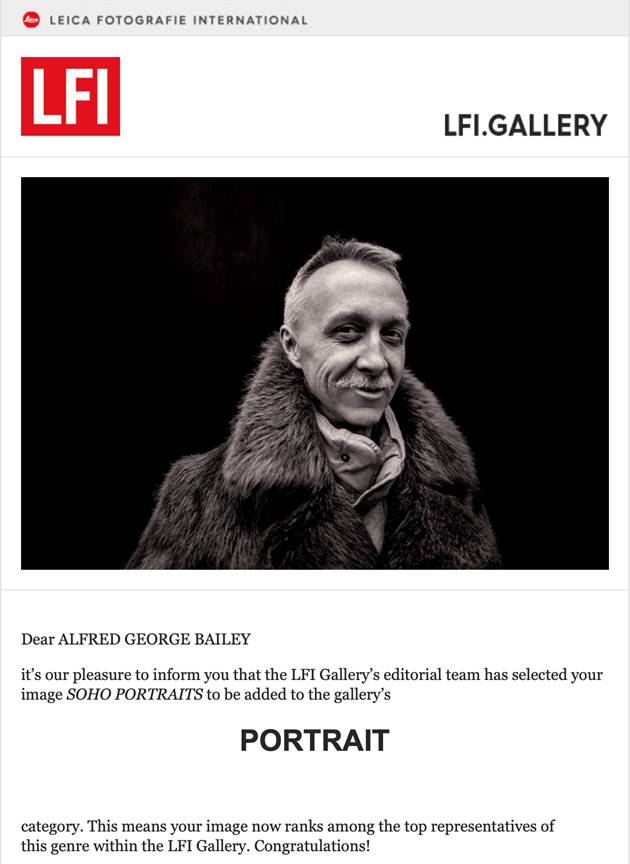
An image from Alfred George Bailey's 'Soho Portraits' series. Selected to be part of LFI's portrait category.
What’s next for Alfred George Bailey? What are your next big projects?
What’s next for me? Well, I’m just finishing up some rewrites to a script I’ve been working on for the past few years. This new film is in pre-production with the details very much under wraps. Principal filming will start February 2020, and I will definitely keep Billingham updated.
Where can readers follow you on social media? What can they expect to find?
Instagram : https://www.instagram.com/alfredgeorgebailey/
What was the subject of your last Instagram post?
The last subject on Instagram was a portrait.
Where can people come and see your work / meet you? Do you have any forthcoming exhibitions, talks or appearances?
My very first solo exhibition will be in San Francisco for autumn 2020, then in Europe and London, England the following year. My new website is under construction and will be live in August. I’m always in Soho, Central London, so maybe if you catch me shooting some street photography... come and say hello!
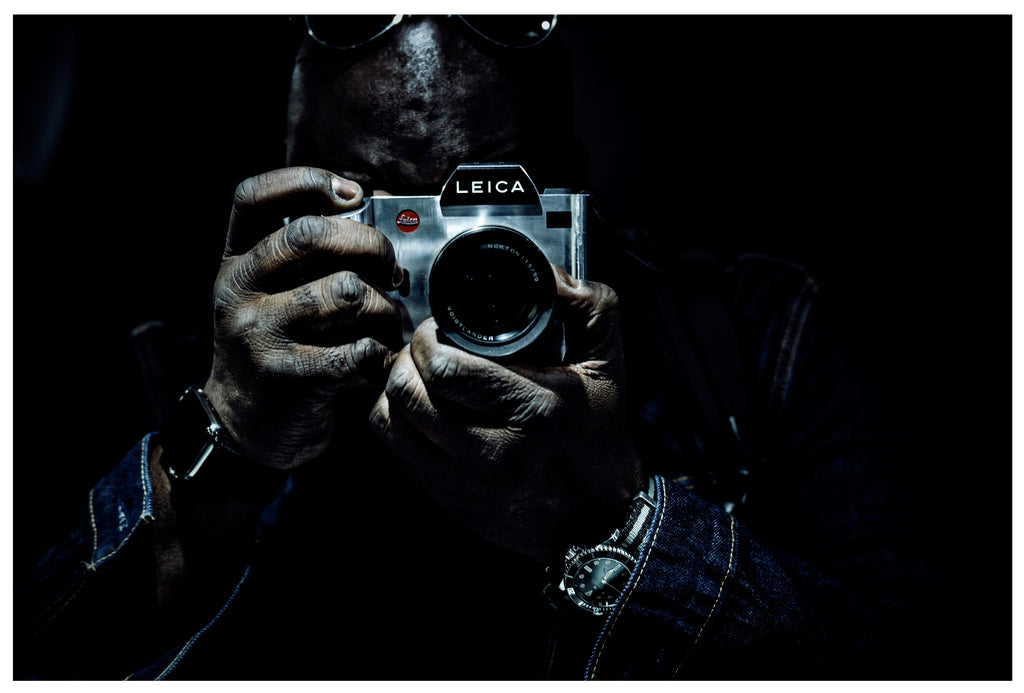
SELF PORTRAIT BY © ALFRED GEORGE BAILEY
Alfred George Bailey can be found at:
Website: http://www.alfredgeorgebailey.com/
Instagram: https://www.instagram.com/alfredgeorgebailey/
Facebook: https://www.facebook.com/directorcinematographer/
The bag featured in this article:
 |









